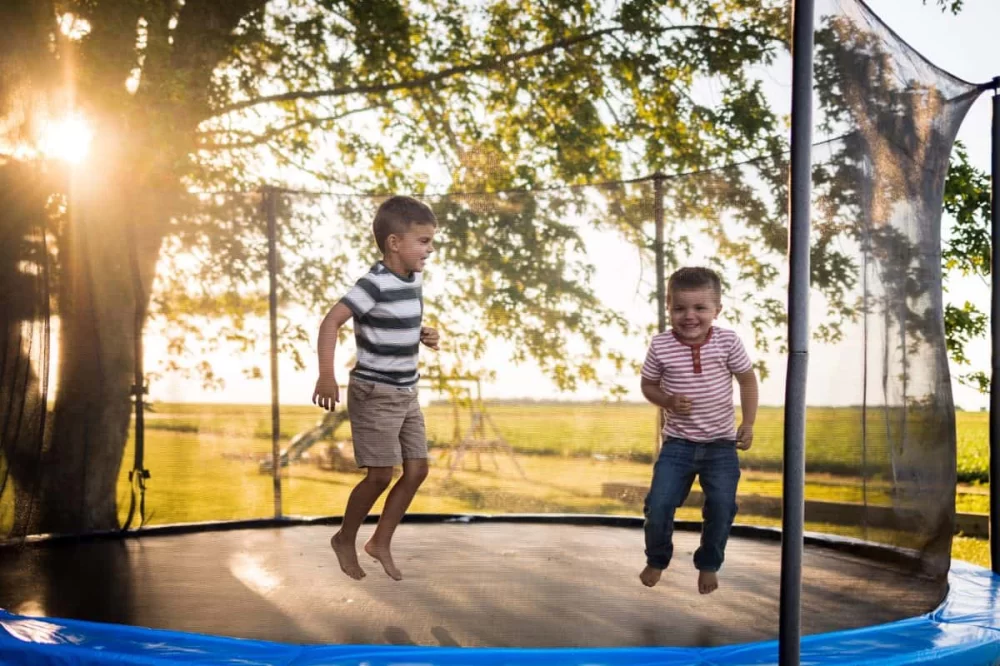
- 1-Benefits-of-STEM-Learning-through-Trampolines
- 2-Experiment-Ideas-Using-Trampolines
- 3-Science-Concepts-Demonstrated-on-Trampolines
- 4-Real-Life-Stories-Showcasing-Trampoline-Experiments
- 5-Getting-Started-with-Trampoline-Zone
1. Benefits of STEM Learning Through Trampolines
Using trampolines as a tool for STEM experiments offers a unique and interactive way to engage learners. It combines physical activity with scientific principles, enhancing understanding of concepts like gravity, force, energy, and motion.
Trampoline-based STEM learning encourages curiosity, creativity, and problem-solving skills while keeping participants active and entertained.
1.1 Engaging Multiple Learning Styles
The hands-on nature of trampoline experiments appeals to kinesthetic learners and helps reinforce abstract scientific theories through real-world applications.
2. Experiment Ideas Using Trampolines
Here are some fun and educational STEM experiments you can try using trampolines:
2.1 Measuring Jump Height and Force
Track how high participants jump and calculate the force exerted using simple physics formulas. This experiment illustrates Newton’s laws of motion.
2.2 Exploring Energy Transfer with Balls
Drop balls of different weights onto the trampoline surface to observe how kinetic energy is transferred and dissipated, demonstrating principles of energy conservation.
2.3 Studying Pendulum Motion
Attach a weighted object to a string and swing it over the trampoline. Observe changes in motion with and without trampoline bounce to understand pendulum dynamics.
3. Science Concepts Demonstrated on Trampolines
Trampoline experiments vividly demonstrate fundamental STEM concepts such as:
3.1 Gravity and Acceleration
The effect of gravity on jumping and falling bodies can be observed and measured.
3.2 Elasticity and Energy Conservation
The trampoline’s surface stores elastic potential energy and converts it back to kinetic energy, an excellent model for these physics ideas.
3.3 Force and Momentum
Analyzing how forces act during bouncing helps learners grasp momentum and impact physics.
4. Real-Life Stories Showcasing Trampoline Experiments
Teachers and parents have shared stories of children’s excitement while learning science concepts on trampolines. One notable example is a middle school science teacher who incorporated trampoline experiments into her curriculum, resulting in higher student engagement and improved test scores.
4.1 Inspiring Curiosity and Creativity
These real-life experiences highlight how fun STEM experiments using trampolines can inspire a lifelong love for science.
5. Getting Started with Trampoline Zone
For those looking to incorporate trampolines into STEM learning, Trampoline Zone offers high-quality trampolines and accessories perfect for both recreational and educational purposes. Their products provide safe and durable options to facilitate effective science activities at home or school.
Explore Trampoline Zone to find the ideal trampoline to start your fun STEM experiments today, combining education with active play.



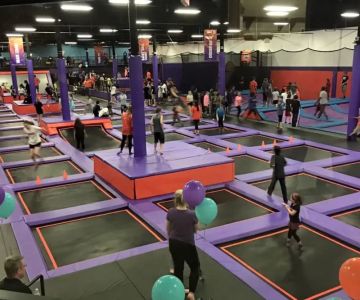
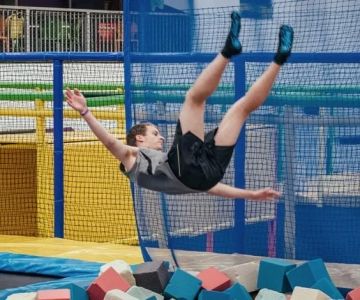


 Urban Air Trampoline and Adventure Park4.0 (574 reviews)
Urban Air Trampoline and Adventure Park4.0 (574 reviews)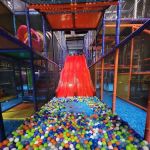 LOL Kids Club - Las Vegas4.0 (1689 reviews)
LOL Kids Club - Las Vegas4.0 (1689 reviews) DICK'S Sporting Goods4.0 (364 reviews)
DICK'S Sporting Goods4.0 (364 reviews) We Rock The Spectrum - Naperville4.0 (41 reviews)
We Rock The Spectrum - Naperville4.0 (41 reviews)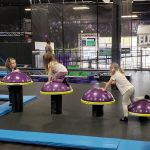 Elevate Trampoline Park4.0 (719 reviews)
Elevate Trampoline Park4.0 (719 reviews) Rainbow Play Systems of Texas4.0 (44 reviews)
Rainbow Play Systems of Texas4.0 (44 reviews) Are Trampoline Parks Safe for Kids? Essential Guide for U.S. Parents
Are Trampoline Parks Safe for Kids? Essential Guide for U.S. Parents How Often Should You Replace Trampoline Springs? Tips for Proper Maintenance
How Often Should You Replace Trampoline Springs? Tips for Proper Maintenance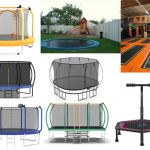 How Much Is a Trampoline? A Detailed Guide to Trampoline Costs and Buying Tips
How Much Is a Trampoline? A Detailed Guide to Trampoline Costs and Buying Tips Bounce Techniques for Stronger Legs: Effective Exercises and Tips
Bounce Techniques for Stronger Legs: Effective Exercises and Tips Essential Music Gear for Trampoline Dance: Complete Guide
Essential Music Gear for Trampoline Dance: Complete Guide Fun STEM Experiments Using Trampolines to Spark Curiosity and Learning
Fun STEM Experiments Using Trampolines to Spark Curiosity and Learning